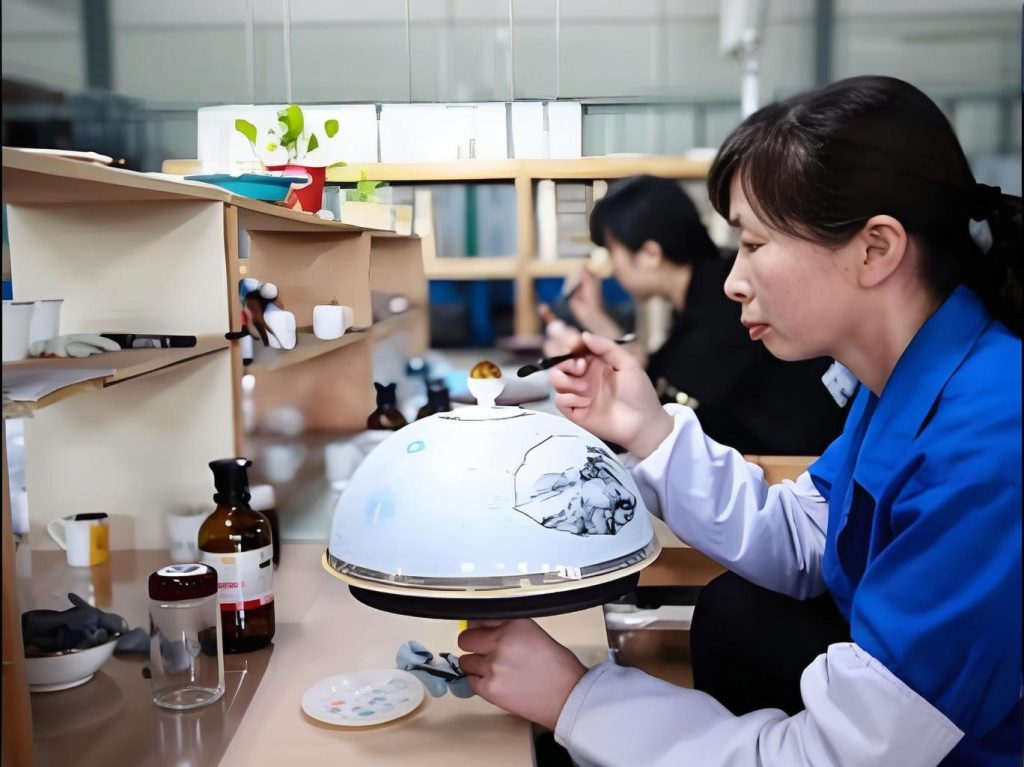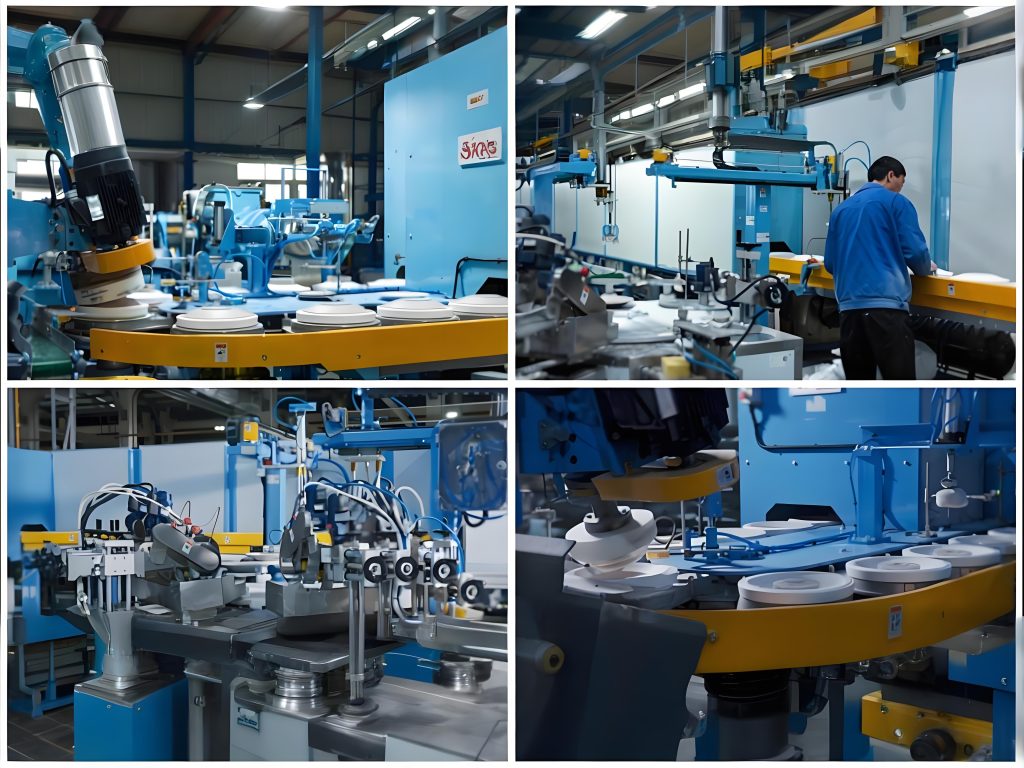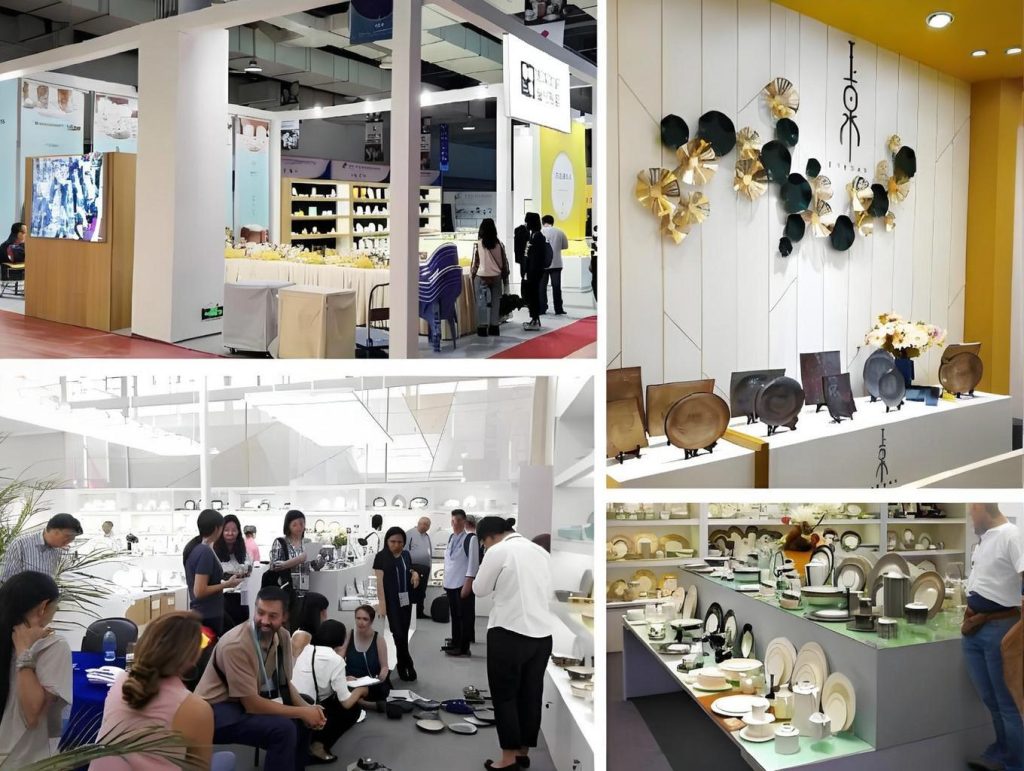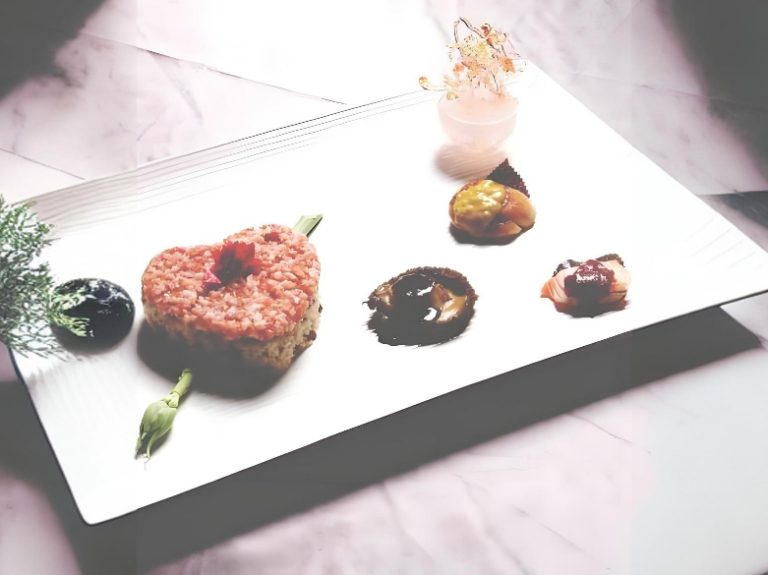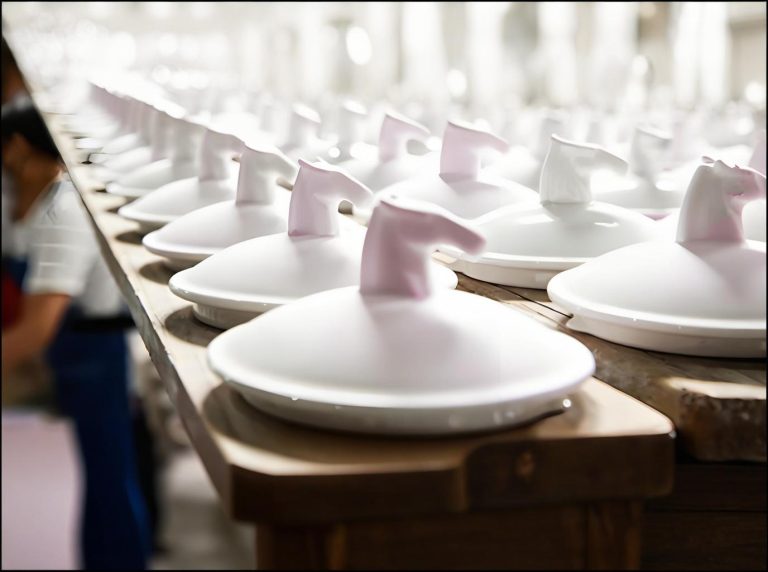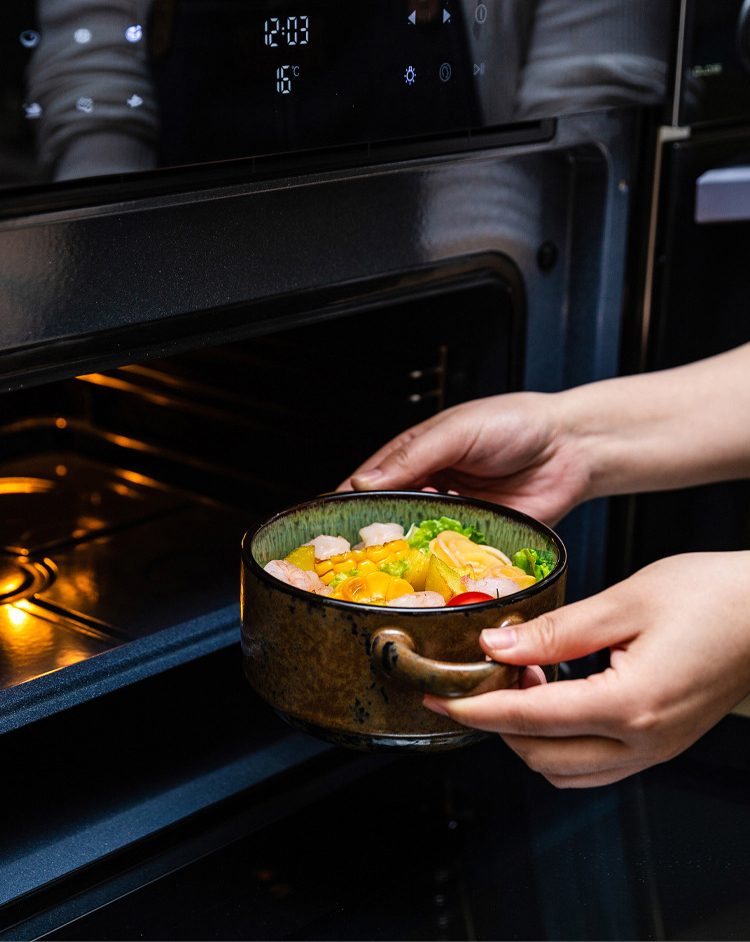Plastic Charger Plates: The “Hidden Hero” from Banquet Tables to Daily Dining
Ever been to a fancy banquet? You know those big plates at the bottom that never hold food but make the table look instantly upscale? Those are plastic charger plates we’re talking about today.
When I first heard “charger plate,” I thought it was some smart dish that charges your phone. Turns out, it has nothing to do with charging. It’s actually an “old-timer” in table etiquette. But here’s the thing: when plastic met this traditional tableware, the whole industry exploded.
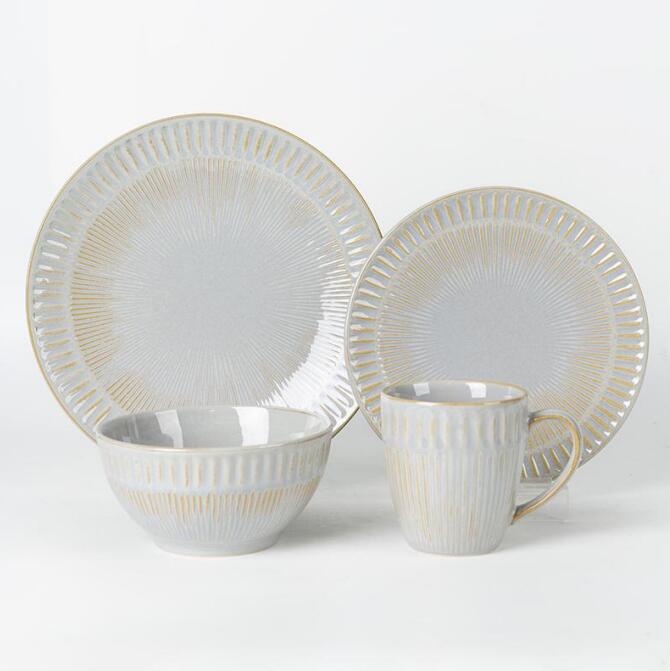
Why Did Plastic Charger Plates Suddenly Blow Up? Real Talk from Reddit
On Reddit’s r/Catering and r/Weddingplanning boards, discussions about plastic charger plates stay hot. One post really stood out. A wedding planner vented: “Client has a $5,000 budget but wants Michelin-level table settings.”
Top comment nailed it: “Plastic charger plates are your savior! Thirty bucks gets you 10 plates. From a distance, they look identical to ceramic or glass.”
This reminds me of my event planner friend. She says many high-end events now use plastic charger plates. Simple reasons:
- Ridiculously cheap: Ceramic ones cost $10-20 each, plastic ones just $2-3
- Won’t break: At a 200-person banquet, breaking a dozen traditional plates is normal. Plastic ones? Just pick them up and keep going
- Endless variety: Gold-plated, silver-plated, marble pattern, wood grain… Tableware manufacturers now offer a hundred different styles
But someone on Quora questioned: “Are plastic charger plates too cheap? Will guests think the host is stingy?”
That’s actually a fair point.
The “Charger Plate Philosophy” on Quora: Looking Expensive Is What Matters
On Quora, there’s a question with over 500,000 views: “What’s the point of charger plates if you can’t eat off them?”
Top answer came from a veteran hotel manager. His response was interesting:
“Charger plates aren’t about functionality. They’re about psychological suggestion. When guests sit down to an empty table, they feel service hasn’t started. But with a beautiful base plate there, dining expectations instantly spike. It’s like movie trailers before the show. You know ‘the good stuff is coming.’”
He added a detail: upscale restaurants usually remove charger plates before the main course. But budget restaurants or buffets often keep them throughout. Why? It masks inconsistent tableware quality.
Think about it. Isn’t this a sophisticated form of “self-deception”?
Plastic charger plates caught fire because they mastered “looking expensive.” Today’s tableware manufacturers aren’t just doing simple injection molding anymore. Many premium versions use:
- UV coating: Gives plastic surfaces a metallic shine
- 3D embossing: Mimics real ceramic textures
- Two-color injection: Different materials for edges and center create visual depth
A restaurant owner on Reddit posted comparison photos. Gold-plated plastic versus real brass. Ninety percent of commenters guessed wrong.
But Plastic Charger Plates Aren’t Perfect
After all those benefits, let’s talk drawbacks.
Drawback One: Not Heat Resistant
One Reddit user shared a painful experience. Bought cheap plastic charger plates. When hot soup arrived, the plates warped. The server walked out with “wavy” plates. Guests burst out laughing.
Professional tableware manufacturers mark heat tolerance (usually 60-80°C). But many sellers use basic PS plastic to cut costs. That stuff softens with heat.
Drawback Two: Environmental Controversy
An environmentalist on Quora opened a thread criticizing disposable plastic charger plates: “A 200-person wedding uses and tosses 200 plastic plates. These things won’t decompose for centuries.”
But others countered: Many brands now use PP (polypropylene) or PET (polyester). These are recyclable. Plus, quality plastic charger plates can be reused 50+ times. That’s way more eco-friendly than disposable paper plates.
This made me realize: Plastic isn’t the problem. Single-use is.
Drawback Three: The Embarrassing “Plastic Sound”
There’s a joke on Reddit: A guest accidentally tapped their plate. Made that “thunk-thunk” plastic sound. Instant table-wide awkwardness.
So premium versions now add cork pads or rubber rings on the bottom. Prevents slipping and muffles sound. Details make or break it.
Industry Secrets: How Do Tableware Manufacturers “Compete”?
I’ve talked to friends at tableware manufacturers. They revealed some interesting insider info.
1. Mold Costs Are the Big Expense
One charger plate mold set costs $50,000-$100,000. But once molded, individual cost drops below $1. So big brands can wage price wars. Small factories can only compete on creativity.
2. “Trendy Styles” Have Super Short Lifecycles
Last year, marble patterns were hot. This year, vintage copper. Next year, who knows? Tableware manufacturers must launch 20+ new designs yearly to survive.
3. Custom Market Is the New Goldmine
Many wedding planning companies now go directly to manufacturers for custom orders. Print the couple’s names or logos. These orders have profit margins up to 300%.
A friend’s company specializes in this. He says: “Plastic charger plates’ biggest advantage is flexibility. Whatever effect clients want, we can basically deliver. Ceramic and glass can’t do that.”
Do You Really Need Plastic Charger Plates?
After all this, back to the core question: Should you, as a regular consumer, buy them?
Good scenarios to buy:
- You frequently host parties (20+ people)
- Want to elevate daily dining ritual on a budget
- Families with kids (unbreakable really matters)
- Outdoor picnics, camping (lightweight, portable)
Not-so-good scenarios:
- Extreme environmentalists (unless buying reusable premium versions)
- Living alone or dining with just one other person (unnecessary, regular plates work fine)
- People super sensitive to “plastic feel”
I keep 12 plastic charger plates at home. They stay in the cabinet most days. Only come out for New Year’s or when friends visit. Wash and store them after each use. Been using them over two years. Aside from minor edge scratches, they’re perfect. Works out to less than $2 per plate. Totally worth it.

Final Thoughts
Plastic charger plates are essentially a dignified solution for the budget-conscious era.
They’re not the fanciest choice. But on a tight budget, they keep your table from looking shabby. Like someone said: “Life’s hard enough. At least feel happy when you eat.”
For tableware manufacturers, this is classic “small product, big market.” Looks insignificant, but global plastic charger plate shipments exceed 500 million units yearly. Whoever finds the balance between materials, design, and eco-friendliness gets a piece of this pie.
Would you choose plastic charger plates? Stick with traditional ceramics? Or think charger plates themselves are unnecessary?
If you have any questions or need to custom dinnerware service, please contact our Email:info@gcporcelain.com for the most thoughtful support!

